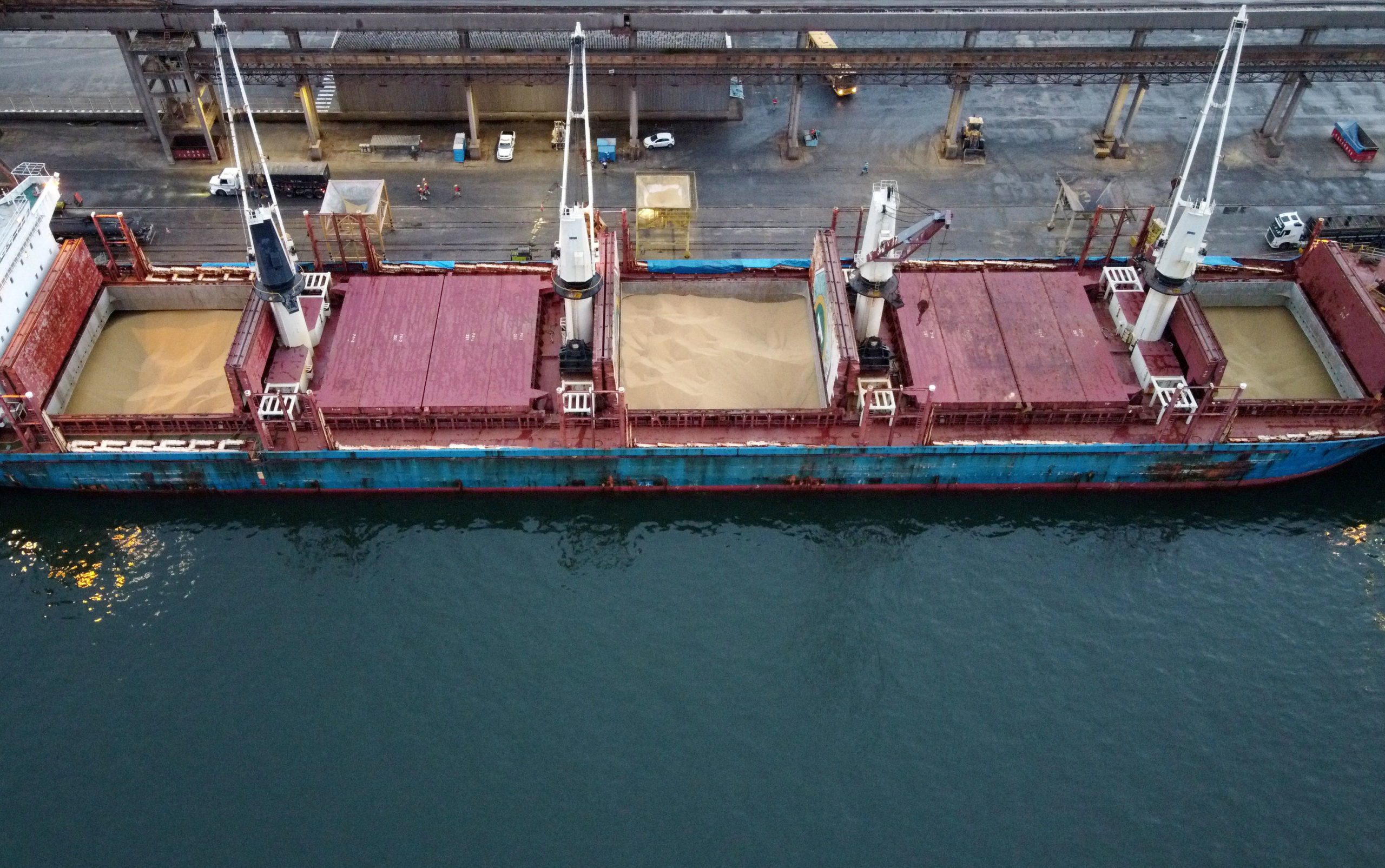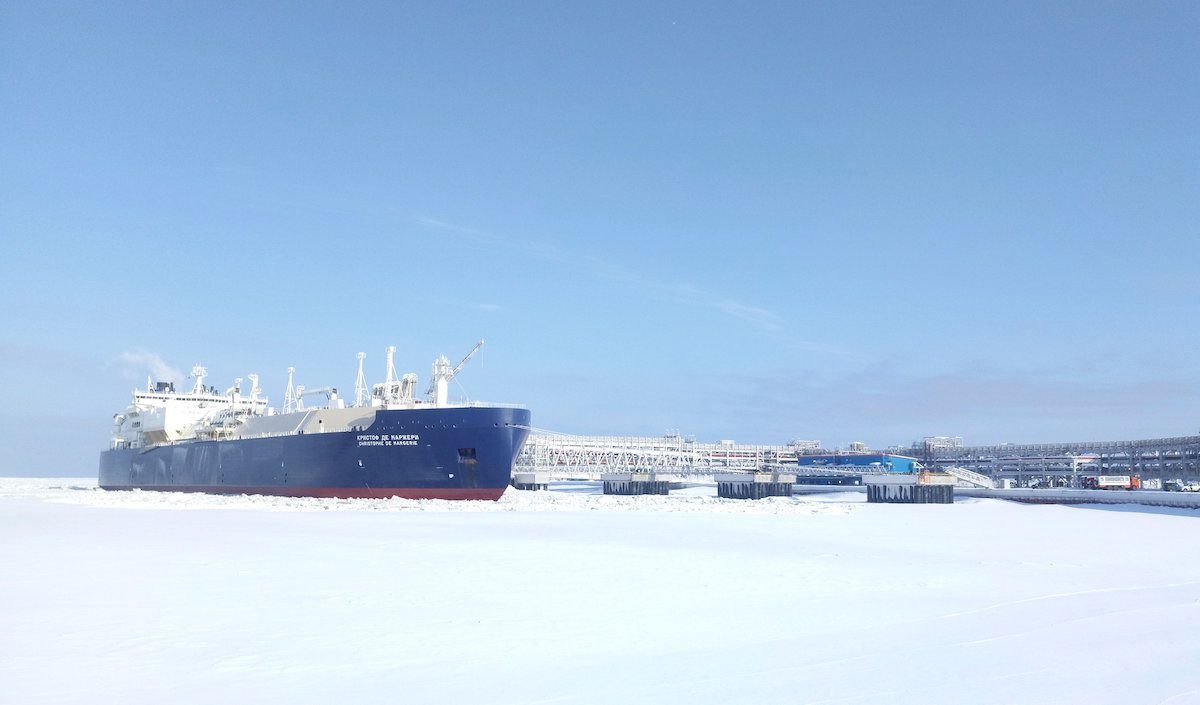By Alexander Whiteman (The Loadstar) – Container spot rates have experienced their tenth consecutive week of declines – albeit with indications of some form of stabilisation – so, is it more of the same?
Not quite, chief analyst at Xeneta Peter Sand told The Loadstar, noting that this week had seen no market reaction to the latest extension of the pause in the tariff war between China and the US.
However, Xeneta’s XSI indicated another week-on-week drop of 4.55% for its Asia-US West Coast trade, with average spots at $1,826 per 40ft.
This was somewhat more pronounced than the rates on Drewry’s World Container Index (WCI), where its Shanghai-LA rates dropped 3% week on week, to $2,412 per 40ft, while Shanghai-New York was down 5%, to $3,463 per 40ft.
The index noted that the so-called early peak, provoked by US retailers accelerated purchasing to get ahead of tariffs, had “ended”.
Sources questioned whether what happened could be called a peak, many very downbeat on the overall state of the 2025 market, and some expressing concern to The Loadstar that the situation may linger into next year.
Drewry said the slowing US economy and increased tariffs had prompted retailers to scale-back procurement, which it said would reduce transpacific spot rate volatility.
If the transpacific is set to stabilise, WCI said, it would expect European spot rates to continue decreasing over the coming weeks, following a 6% week-on-week drop, to $2,973 per 40ft on Shanghai-Rotterdam, andh Shanghai-Genoa down 3%, to $2,978 per 40ft.
Despite healthy demand and port delays in Europe, Drewry noted a “growing surplus of vessel capacity pushing down spot rates on this tradelane”.
On Xeneta’s XSI listing for Far East-Europe, the week-on-week decline jumped from 3.89% last week to 6.04% this week, with spot rates on the trade below the $3,000 per 40ft mark, to $2,989.
Looking ahead, Drewry warned that market volatility and rates would likely be determined by White House tariff policy and the looming penalties for Chinese vessel calls at US ports.
Braemar’s Weekly Container Market Developments touched on the October fees for Chinese-built and -operated vessels, noting that there had been a 2% reduction in calls last month compared with July 2024.
“These reductions suggest some carriers are already reducing reliance on Chinese-owned and -built tonnage in US trades ahead of the fee implementation,” it said.
But it added: “Panic has not set in. Instead, a measured, phased, and strategic adjustment – focused on planned mitigation – appears to be unfolding as liners prepare for the initial tranche of new US port fees.
“The industry has long demonstrated its ability to multitask and manage global challenges as routine. No doubt USTR will be just another challenge to be absorbed and managed.”
Even so, with a number of variables in play, Mr Sand said, shippers looking to sign long-term contracts had been left with a lot to consider, and noted a need to balance where rates are currently with where they are likely to be in 2026.
He added: “And they will have to consider how much of an impact the conflict in the Red Sea should have on the rates they are paying on each trade – at least a bit more than ‘same as last week, folks’.”
The Loadstar is known at the highest levels of logistics and supply chain management as one of the best sources of influential analysis and commentary.

 Join The Club
Join The Club











